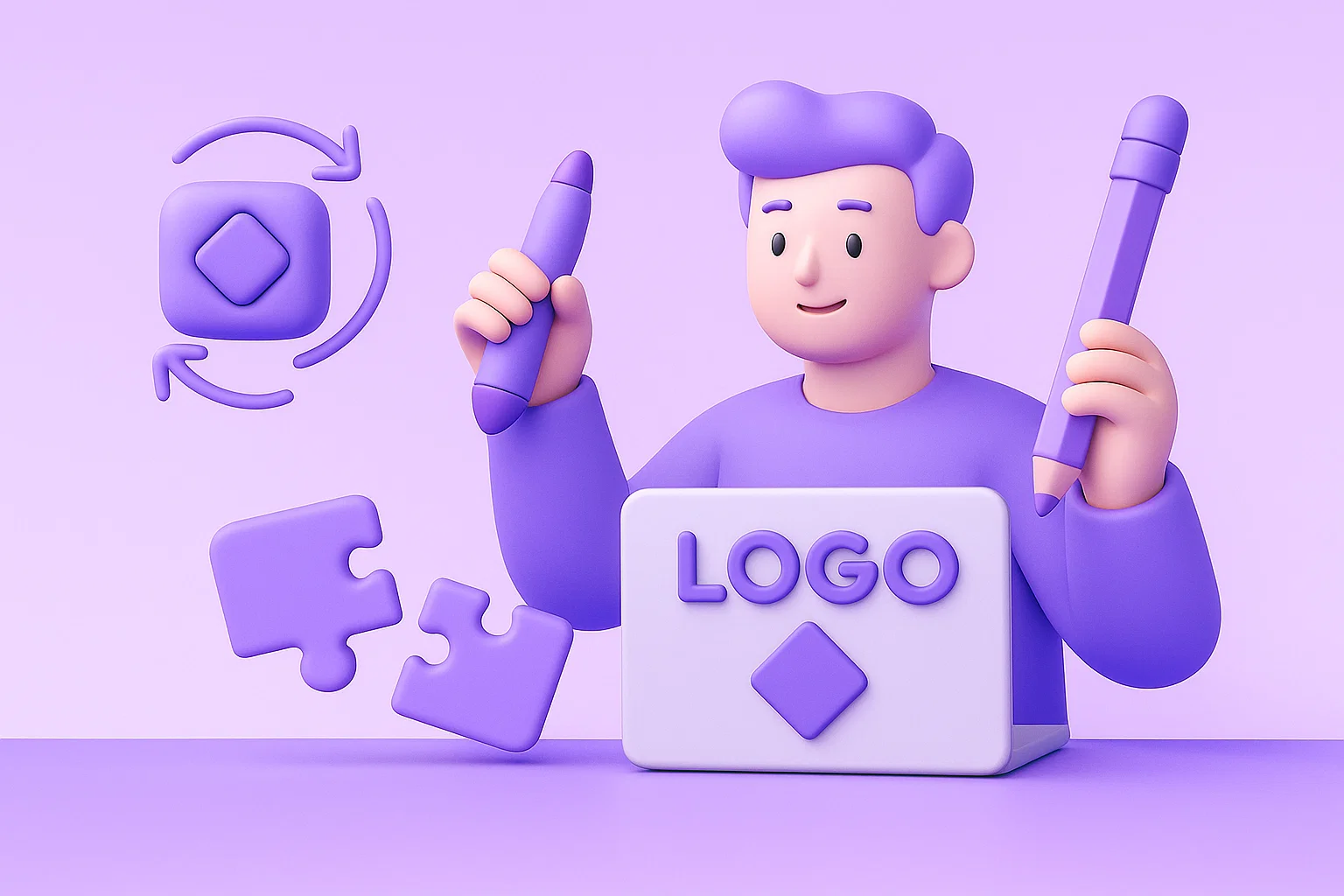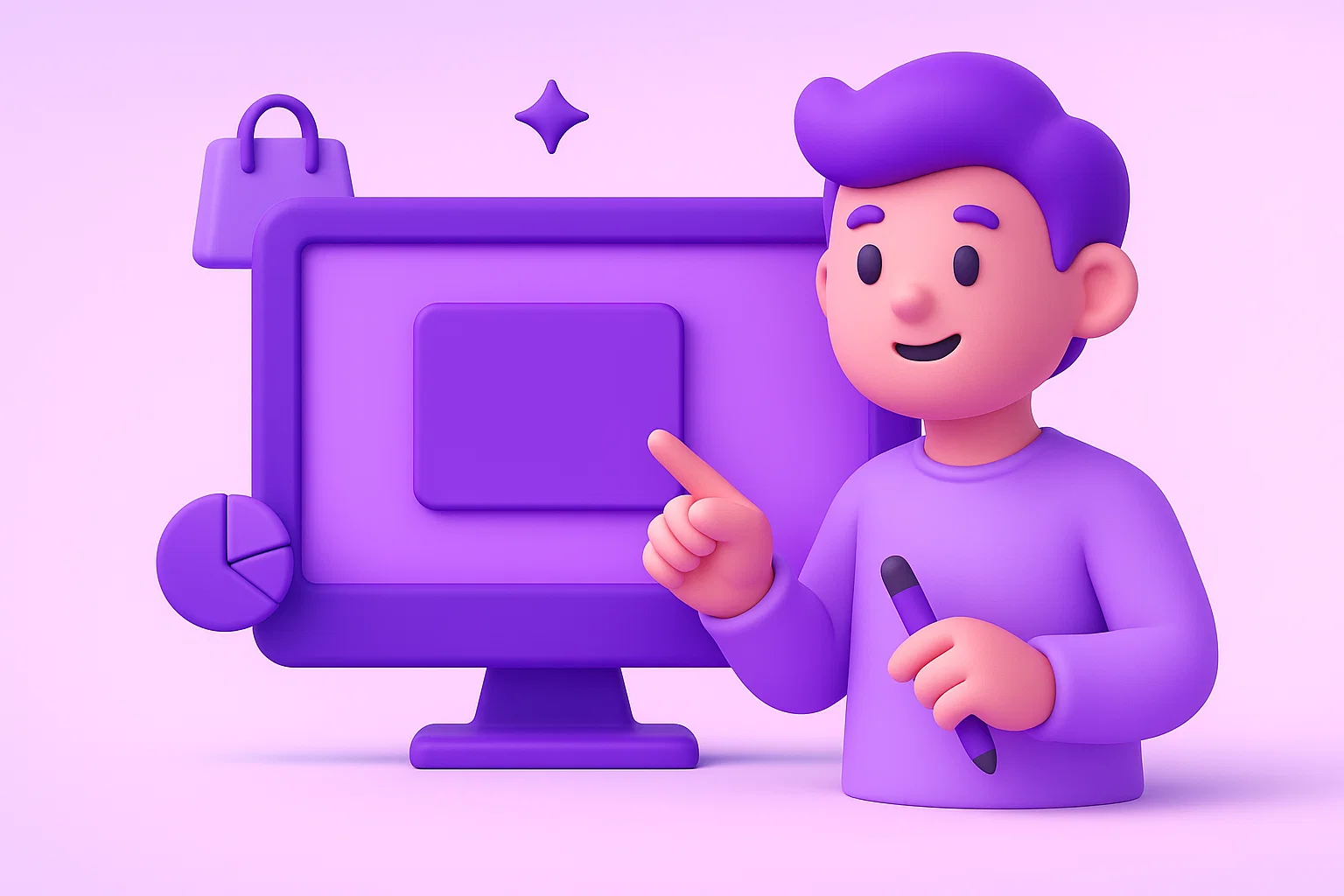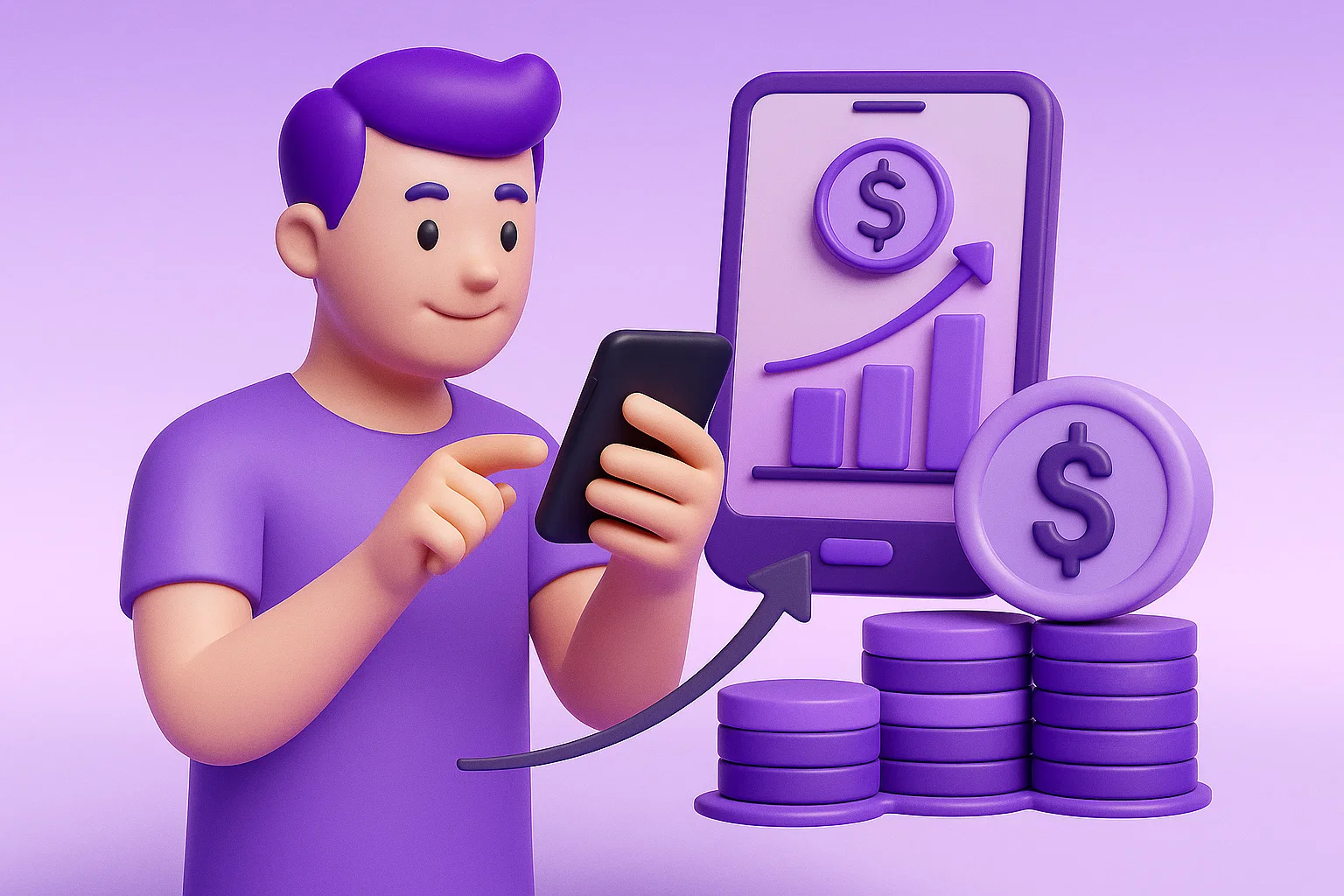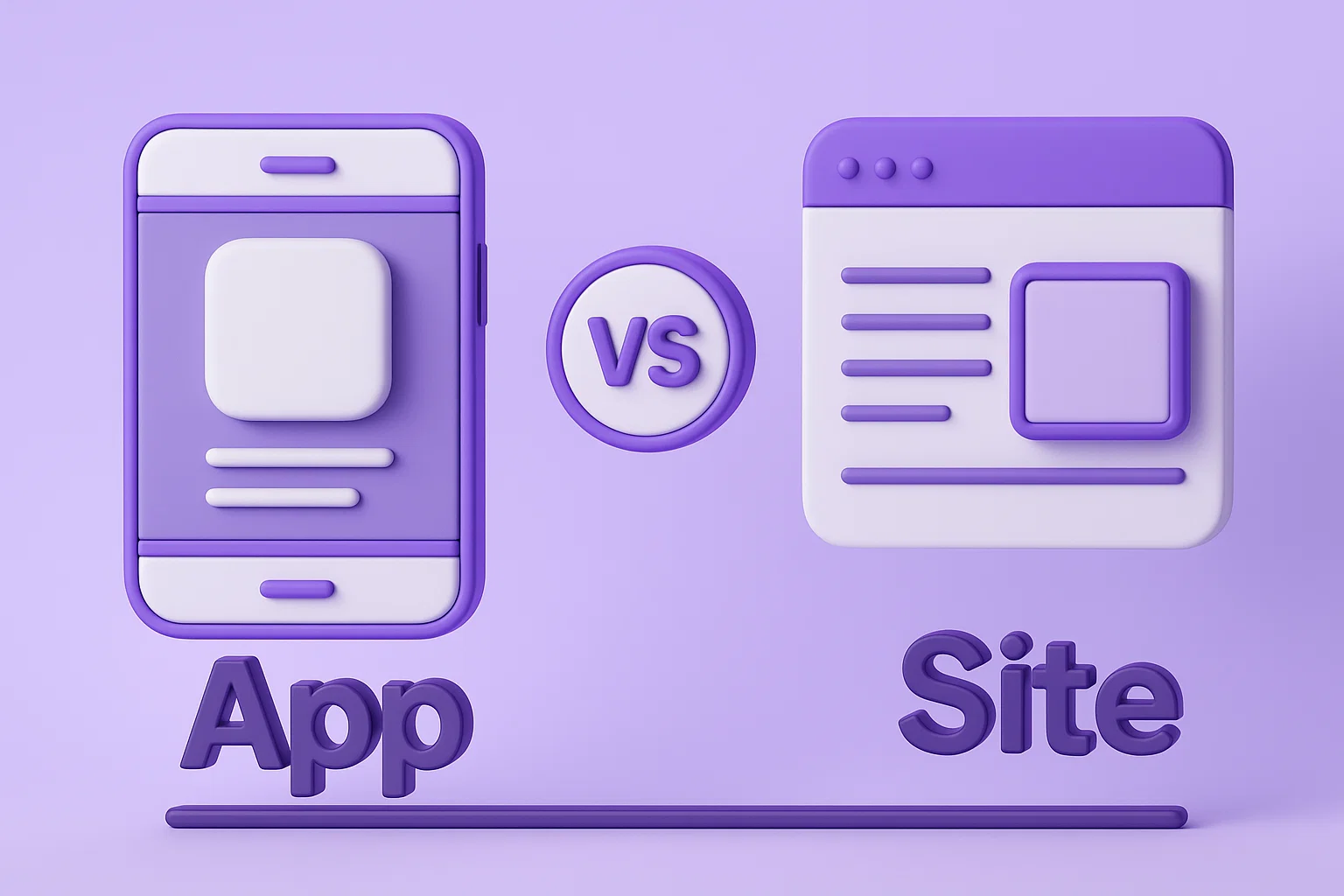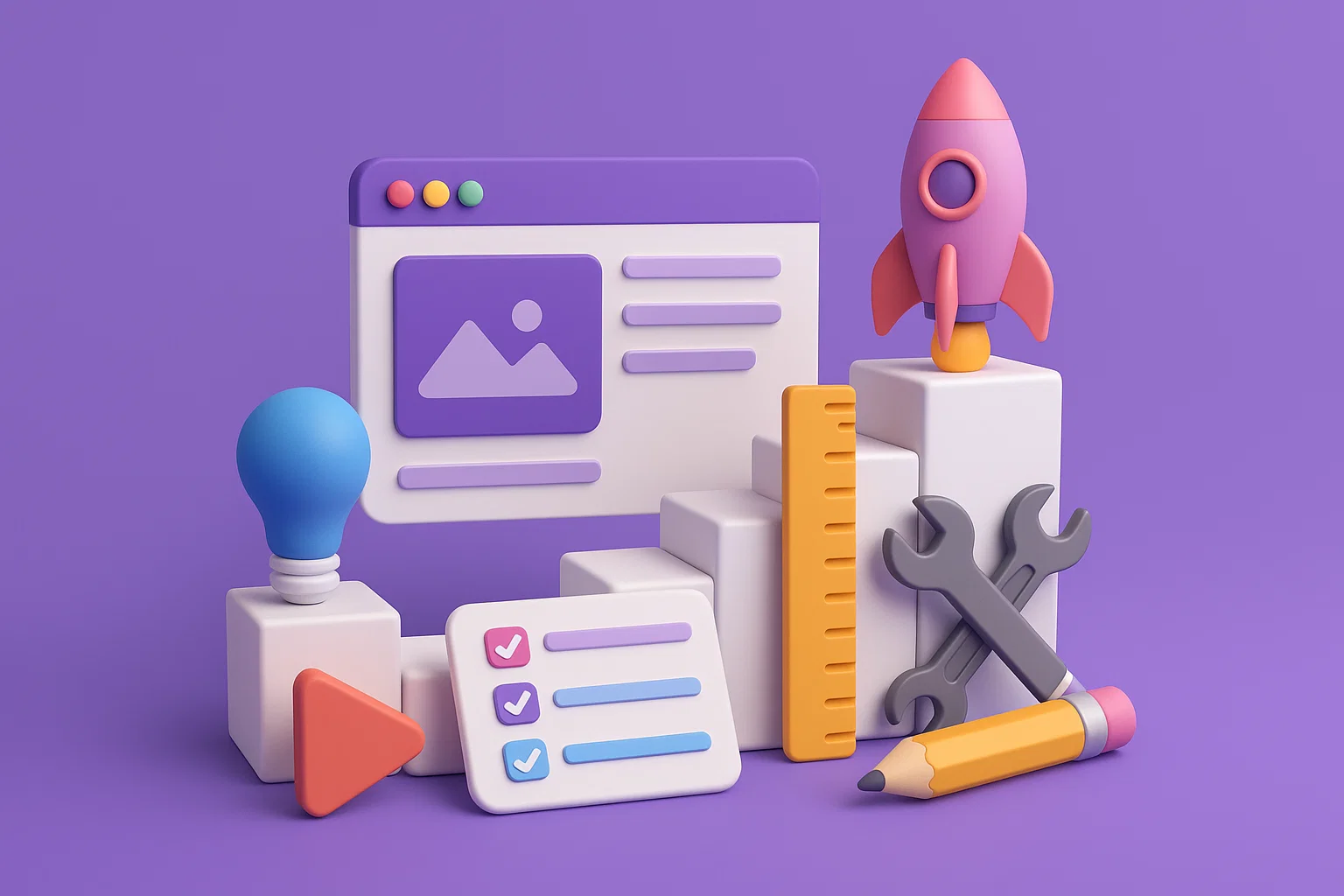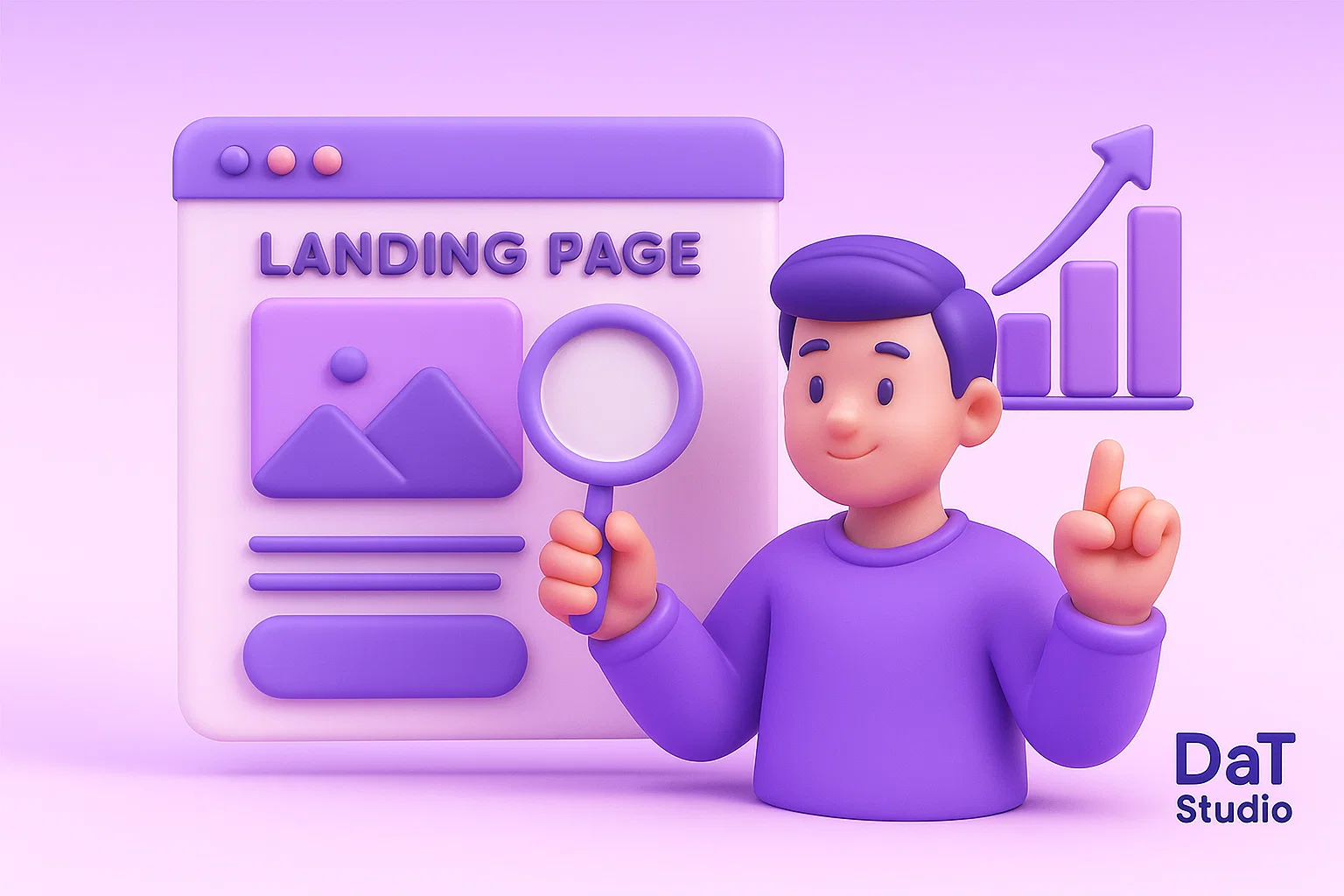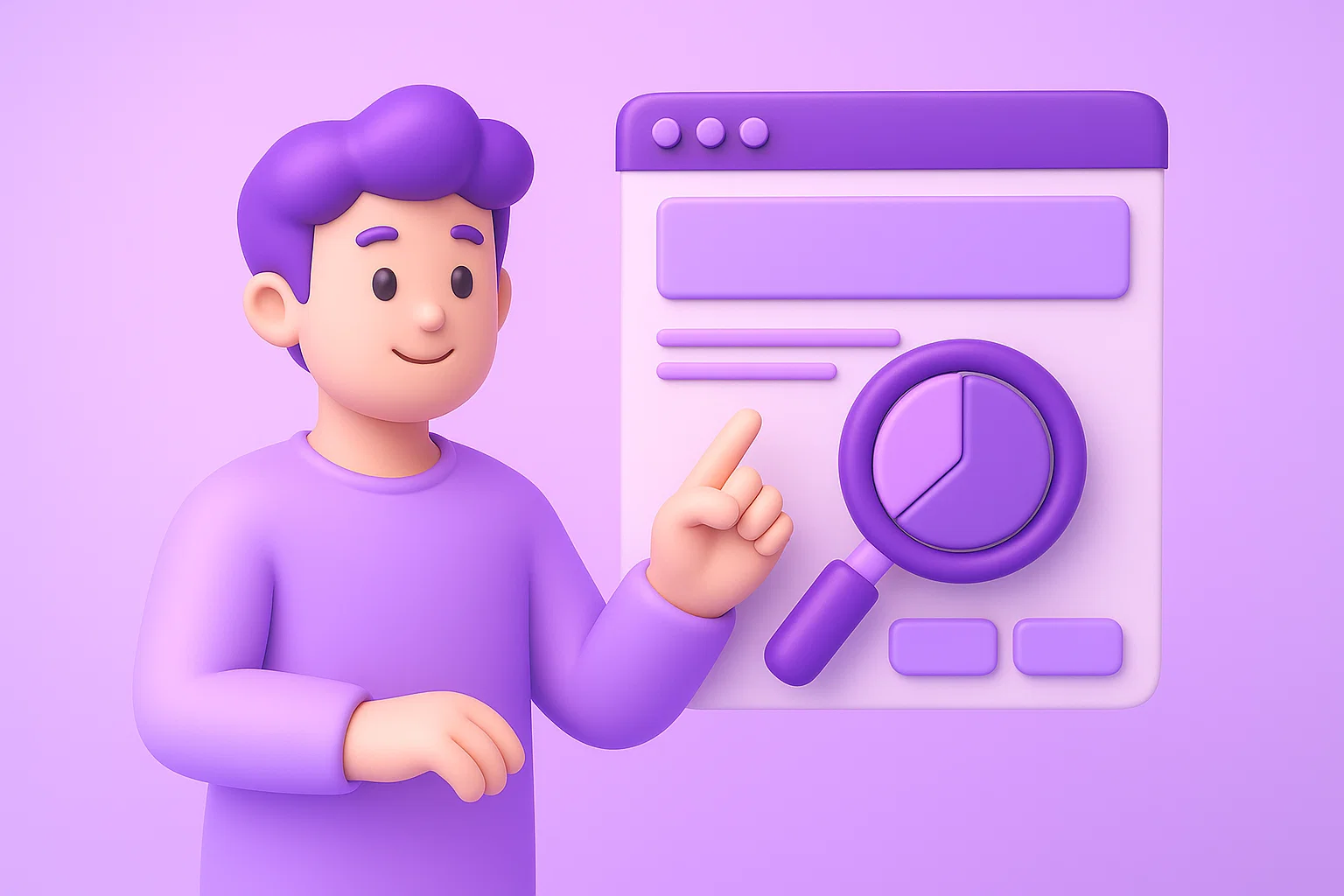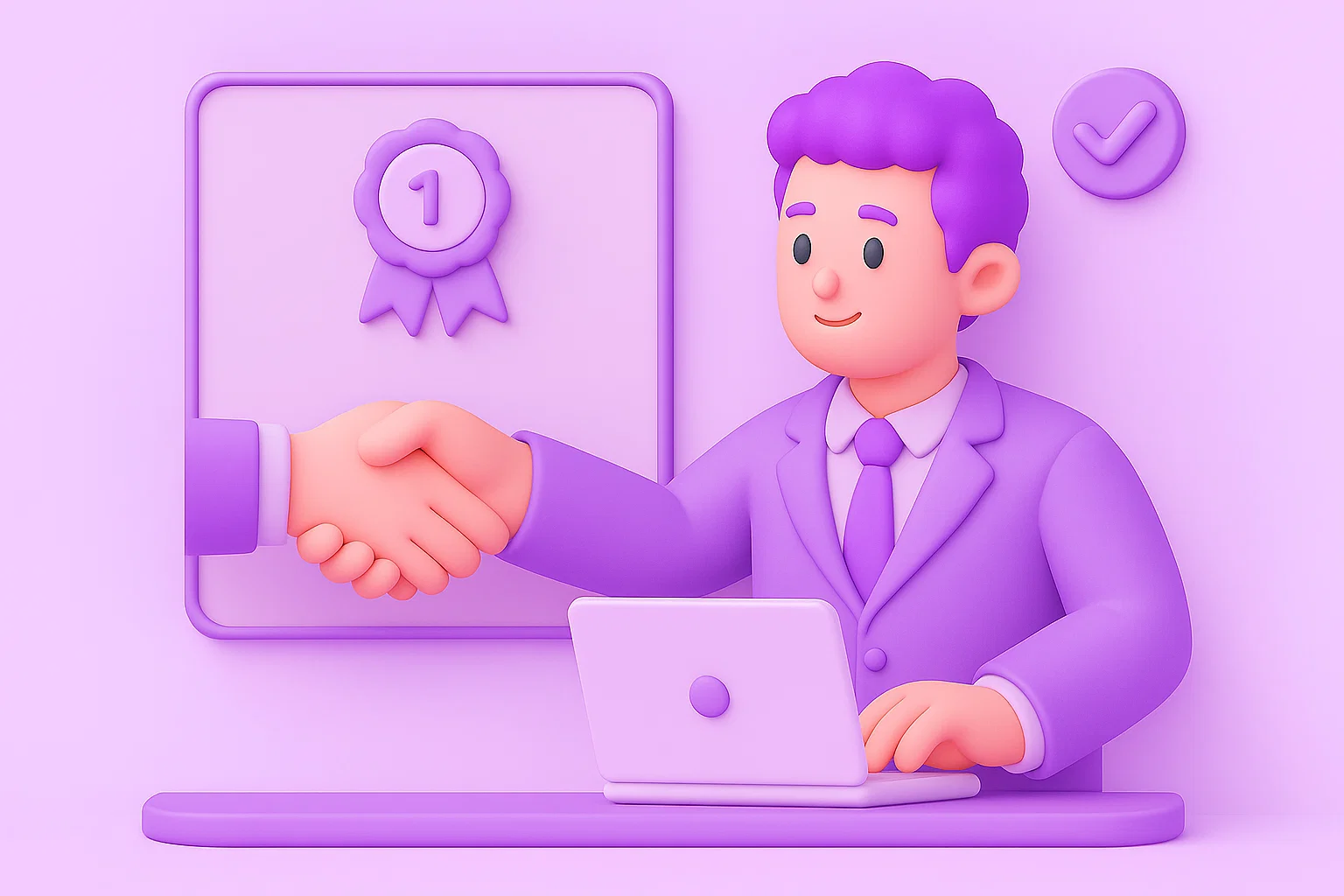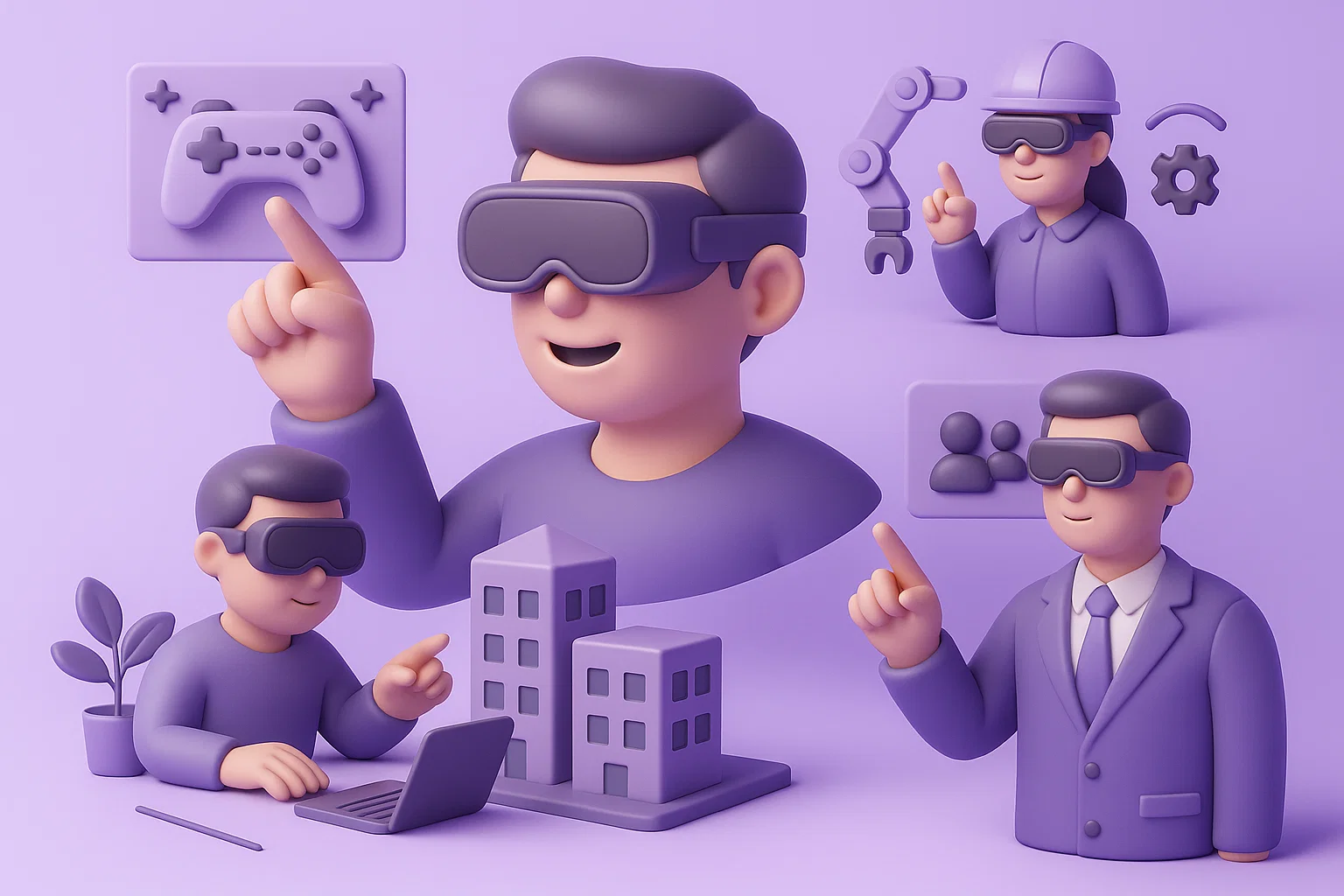AR and VR in the economy: from entertainment to industry
Introduction
Imagine your clients trying on a watch without visiting a store, or assembling complex equipment by following digital instructions floating in the air. This isn't science fiction; these are real business tools we create at DaT Studio using Augmented (AR) and Virtual (VR) Reality. We transform these impressive demos into solutions that bring your company tangible profit.
A New Reality for Your Business
What's the difference? Augmented Reality (AR) enriches our world by overlaying digital objects onto it. Through a smartphone camera, your clients can see how a new sofa fits into their living room or get real-time engine repair tips. Virtual Reality (VR) goes further—it creates an entirely new, fully digital world. By putting on a VR headset, a user can find themselves inside a future home, undergo training in a virtual factory replica, or test-drive a car that hasn't even left the assembly line.
From "Wow Factor" to Real Profit
Implementing immersive technologies isn't an experimental expense; it's a direct investment in growth. It's more than just a "wow factor"—it's a tool that lets customers feel your product, not just see it in a picture. This experience creates a powerful emotional connection and removes purchasing doubts, directly boosting conversion rates. For your team, it's an opportunity to conduct ultra-realistic simulations and training with zero risk and minimal costs. Virtual prototypes are cheaper than physical ones, and remote AR support saves time and travel budgets. As a result, you gain a unique competitive edge that is impossible to copy.
The Future is Here. And We Know How to Work With It
AR and VR are not technologies of tomorrow; they are tools solving business challenges today. They help you stand out from competitors, optimize processes, and create a unique customer experience. At DaT Studio, we don't just follow trends—we turn them into working products. If you are ready to take customer and employee engagement to the next level, let's discuss how immersive technologies can empower your business.
Other articles
